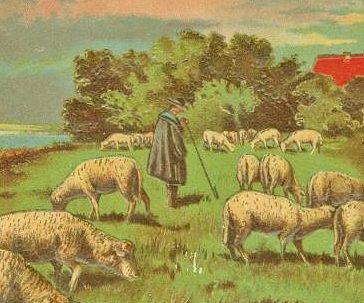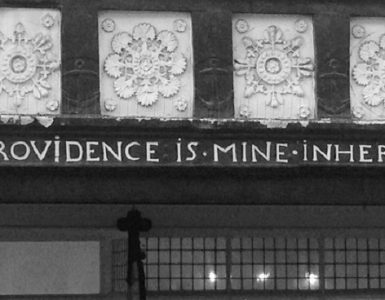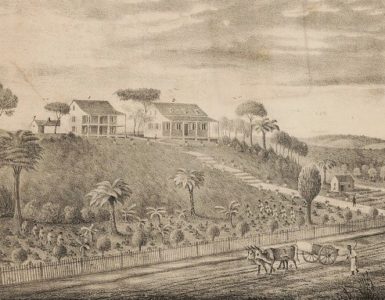Presbyterian polity is shepherding. It is care of the sheep of Christ’s flock using a connectional relationship with graduated levels of oversight. The fundamental unit for all aspects of shepherding is the elder. The Greek New Testament word presbuteros means elder, thus Presbyterians are those Christians who are shepherded by elders. Presbyterian polity is connectional shepherding in that the church members and their elders have a linked relationship to one another for common spiritual concerns, fellowship, instruction, and practical necessities.
At the most basic level, elders are colleagues in ministry caring for a local congregation and are known collectively as a session. The elders in a church are concerned for the spiritual welfare of their sheep and care for them through a variety of means including collective counseling, praying for them, assisting with the training of their children, and overseeing their spiritual needs for the purpose of worship and growth in sanctification. The elder or elders in a congregation who preach the Word and administer the sacraments are designated teaching elders, and those elders who feed the sheep through encouragement and application of the rod and staff of comfort are called ruling elders. Ruling elders are members of the congregations they serve.
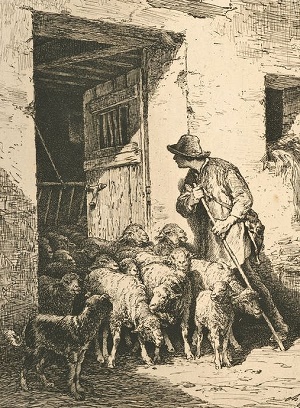 The next level of shepherding is called a presbytery. A presbytery is a geographic area within which there are a number of congregations. The area could be just about any size from a portion of a city to an entire section of a country, or as has sometimes been the case in the history of missions, a presbytery could be a nation on the foreign field. The land area of a presbytery may be considerable when there are smaller flocks with fewer sheep in its bounds, or it may be smaller if the congregations’ memberships constitute a large number. As populations shift and the concentration of sheep in presbyteries increase or decrease, presbytery boundaries sometimes change with new ones formed and existing ones dissolved. Presbyteries are concerned for the spiritual welfare of the flocks within their bounds. Their work is accomplished when both ruling and teaching elders from each of their congregations gather for regular meetings at specified intervals (stated meetings) as well as special meetings of necessity due to time-sensitive needs (called meetings). Teaching elders are members of their respective presbyteries, not their congregations, and their first hope for reconciliation if aggrieved within their congregations, after seeking peace, is found in their presbyteries. If a member of a congregation is aggrieved by an action of the elders of his or her church, then the elders’ decision can be reviewed and considered by the presbytery after the member has followed appropriate procedure with the session.
The next level of shepherding is called a presbytery. A presbytery is a geographic area within which there are a number of congregations. The area could be just about any size from a portion of a city to an entire section of a country, or as has sometimes been the case in the history of missions, a presbytery could be a nation on the foreign field. The land area of a presbytery may be considerable when there are smaller flocks with fewer sheep in its bounds, or it may be smaller if the congregations’ memberships constitute a large number. As populations shift and the concentration of sheep in presbyteries increase or decrease, presbytery boundaries sometimes change with new ones formed and existing ones dissolved. Presbyteries are concerned for the spiritual welfare of the flocks within their bounds. Their work is accomplished when both ruling and teaching elders from each of their congregations gather for regular meetings at specified intervals (stated meetings) as well as special meetings of necessity due to time-sensitive needs (called meetings). Teaching elders are members of their respective presbyteries, not their congregations, and their first hope for reconciliation if aggrieved within their congregations, after seeking peace, is found in their presbyteries. If a member of a congregation is aggrieved by an action of the elders of his or her church, then the elders’ decision can be reviewed and considered by the presbytery after the member has followed appropriate procedure with the session.
In some denominations with presbyterian polity, the next level of shepherding is called a synod. Just as a presbytery is concerned for the sheep within its bounds, the synod is concerned for the flocks within the presbyteries in its bounds. Generally speaking, in the United States synods have tended to follow state boundaries, such as the Synod of Virginia or Synod of Pennsylvania, but as was the case for presbyteries, synods have sometimes been countries. Some denominations have considered, others still do consider, their highest level of shepherding to be the synod. When aggrieved church members, or elders, whether teaching or ruling, have not found relief through presbytery, the synod could be the next level of hope for resolution.
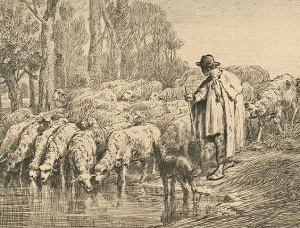 Finally, the most encompassing level of presbyterian pastoral care is called a general assembly. A general assembly includes the synods, presbyteries, and sessions within its bounds. In denominations without synods, one level of oversight is removed. Commissioners who attend general assembly meetings include both teaching and ruling elders. In some denominations the commissioners are selected by their presbyteries, but in others they are chosen by the individual sessions. The assembly is concerned for the spiritual welfare of the entire flock within its bounds including all the synods which contain a number of presbyteries each of which has multiple sessions. An assembly provides the aggrieved with their final hope for resolution.
Finally, the most encompassing level of presbyterian pastoral care is called a general assembly. A general assembly includes the synods, presbyteries, and sessions within its bounds. In denominations without synods, one level of oversight is removed. Commissioners who attend general assembly meetings include both teaching and ruling elders. In some denominations the commissioners are selected by their presbyteries, but in others they are chosen by the individual sessions. The assembly is concerned for the spiritual welfare of the entire flock within its bounds including all the synods which contain a number of presbyteries each of which has multiple sessions. An assembly provides the aggrieved with their final hope for resolution.
The simplicity of presbyterian shepherding by elders is Word based; the Word is the means to guide the flock in a patient, encouraging, and preventative manner. When a wise shepherd is in the pasture watching his flock he must respond quickly to a predator, an approaching storm, a straggler, or a little lamb’s leg stuck in a crevice, so it is important to remember that connectional care by elders—presbyterian polity, is first and foremost shepherding. An elder, whether functioning in a ruling or teaching capacity, begins his shepherding at home with his family and congregation, then through connectional ties his ministry is expanded to oversee the larger flocks of presbytery, synod, and general assembly.
BARRY WAUGH
Note that this article has presented what is known as the two-office view, which means the church officers include deacons and elders, but the elders have two functions such that one is either a ruling or teaching elder. Another perspective on church officers is the three-office view, which sees church officers including deacons, ruling elders, and ministers.
Source for the shepherding images is the New York Public Library’s free use digital collection.


